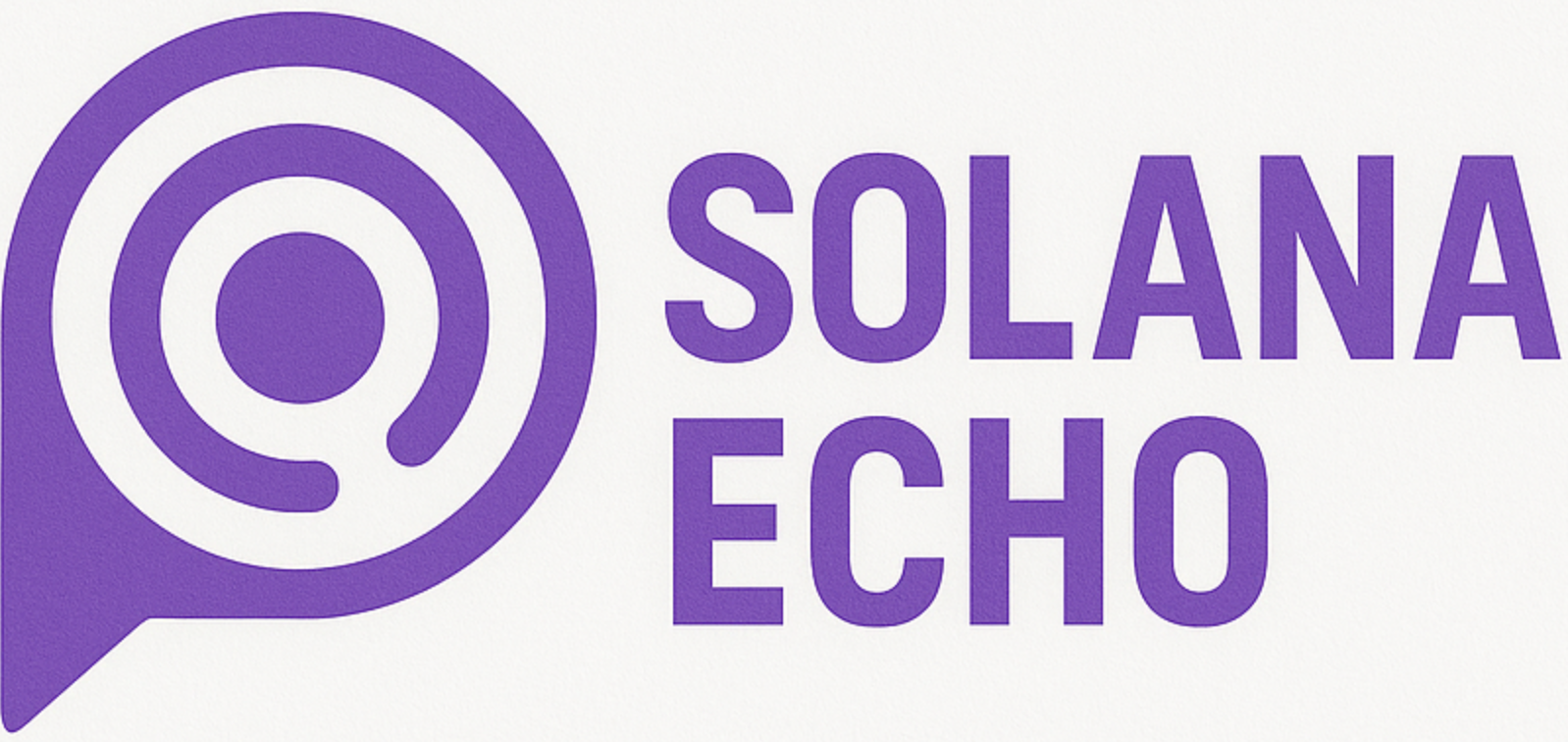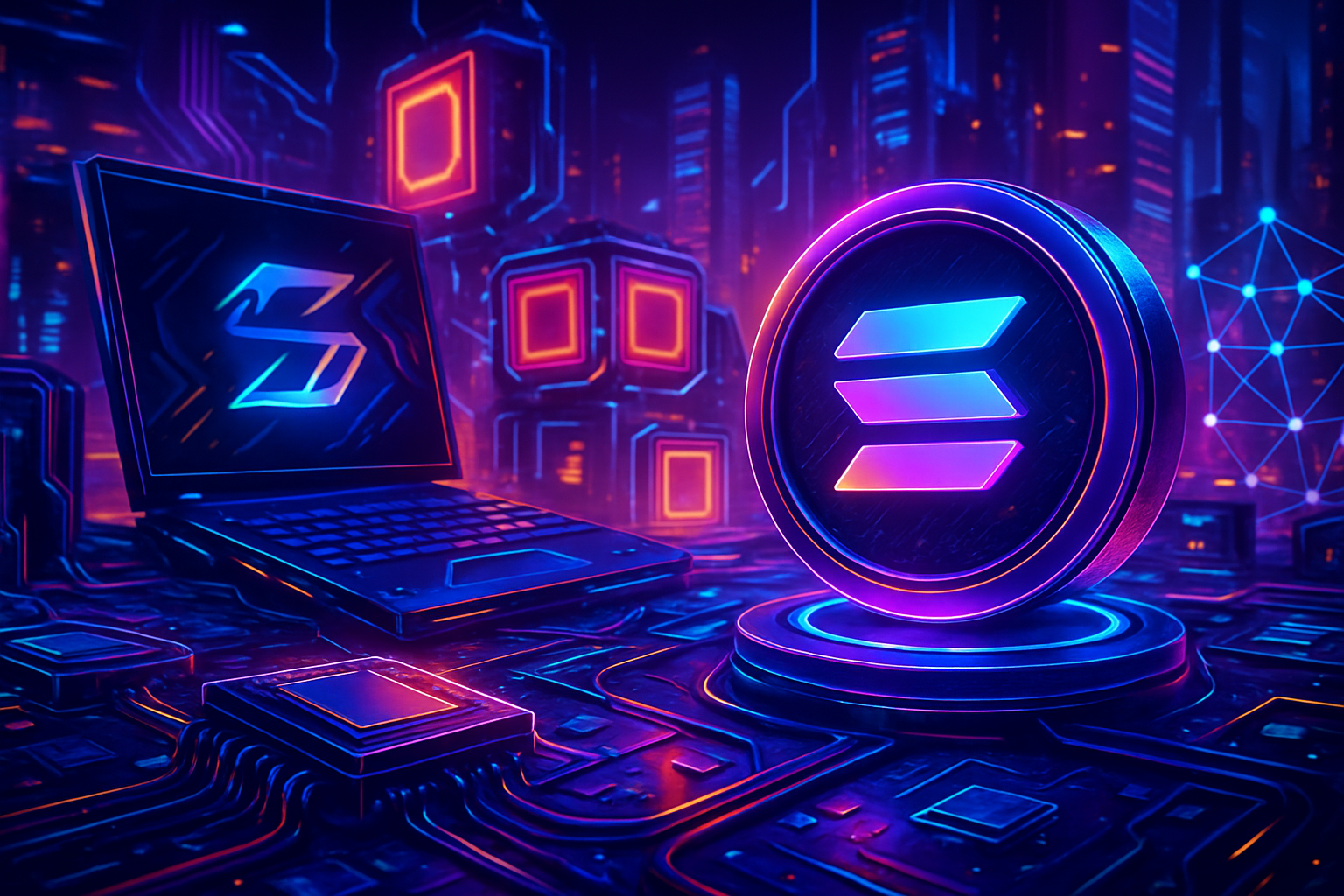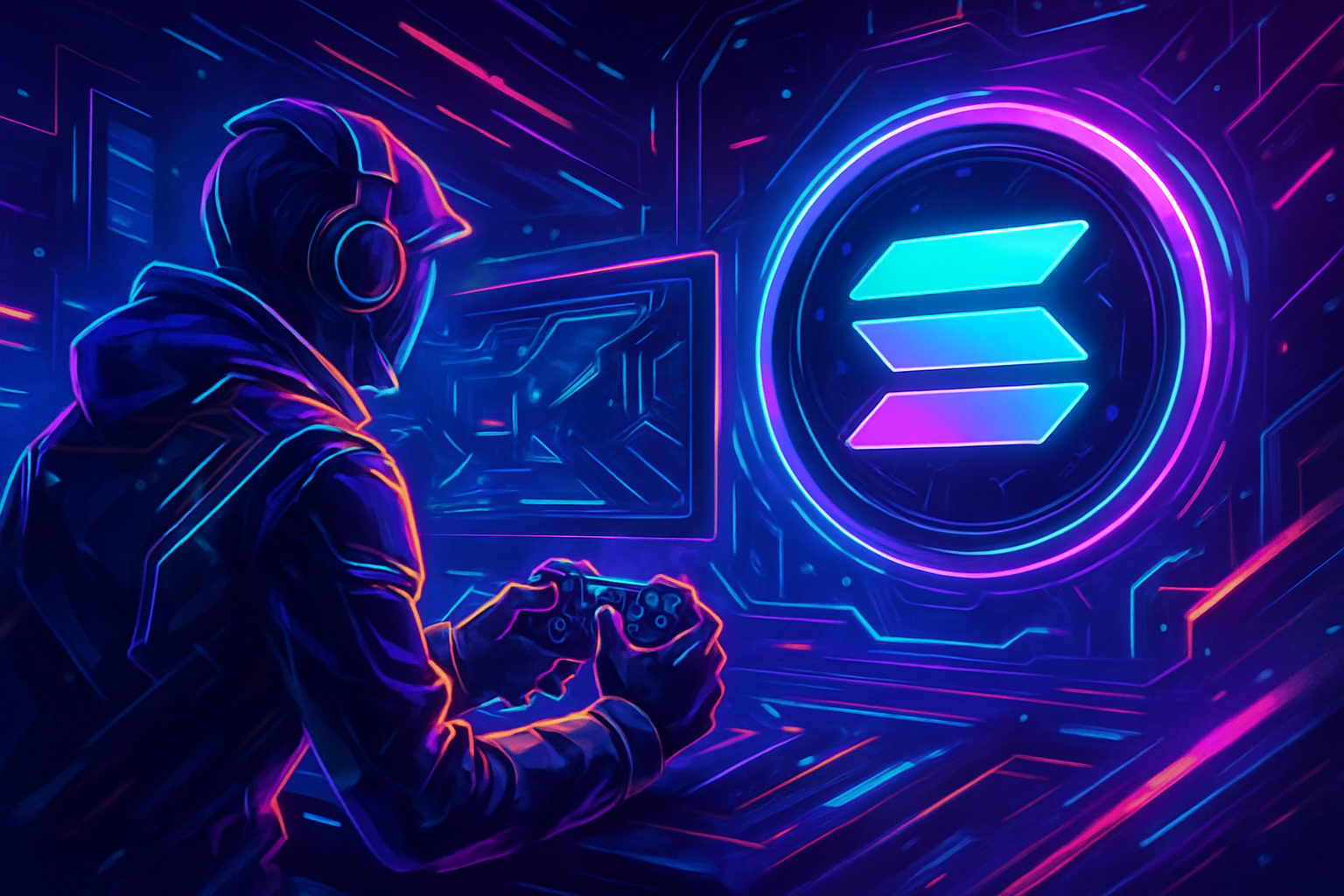How 130,000+ Merchants Now Accept SOL, USDC, and USDT via BitPay: Solana Payments Go Mainstream
For years, crypto payments have flirted with mainstream adoption, but 2025 marks a clear inflection point. With BitPay now supporting Solana (SOL), USDC, and USDT across its merchant network, the landscape has shifted. Over 130,000 merchants worldwide can now accept these Solana-based assets for goods and services, both online and in person. This is not just a technical milestone – it’s a signal that Solana payments are no longer niche or experimental. They’re practical, scalable, and here for the long haul.
BitPay’s Solana Integration: A New Era for Crypto Payments
The Solana network has always been known for its raw speed and low transaction costs. Now, BitPay’s full integration unlocks these advantages for everyday commerce. Merchants using BitPay can accept SOL or stablecoins like USDC and USDT via email invoices, checkout links, or traditional e-commerce flows – all without extra setup or technical know-how.
This means everything from coffee shops to global e-commerce brands can tap into Solana’s ecosystem with minimal friction. According to BitPay’s official release, stablecoins already make up nearly 40% of total payment volume in 2025. The addition of Solana is poised to accelerate this trend further as users demand fast settlement and ultra-low fees.
Why Merchants Are Embracing SOL, USDC, and USDT
Speed and cost-efficiency are the primary drivers behind this shift. Solana’s theoretical throughput of up to 65,000 transactions per second dwarfs most Layer 1 competitors. For merchants processing hundreds or thousands of transactions daily, this means predictable costs and near-instant confirmations – a game-changer compared to legacy payment rails or even older blockchains.
The process is streamlined: BitPay handles all the heavy lifting behind the scenes. Merchants get paid in their preferred currency (crypto or fiat), while customers enjoy seamless checkouts using their favorite wallets. No more worrying about on-chain congestion or unpredictable gas fees.
Solana (SOL) Price Prediction 2026-2031
Forecast based on BitPay integration, mainstream adoption, and evolving market trends (Baseline price: $195.22, August 2025)
| Year | Minimum Price | Average Price | Maximum Price | % Change (Avg, YoY) | Market Scenario Insights |
|---|---|---|---|---|---|
| 2026 | $155.00 | $220.00 | $320.00 | +12.7% | Early 2026 may see profit-taking after BitPay-driven rally; upside from Visa/Fiserv integrations and DeFi growth. |
| 2027 | $180.00 | $260.00 | $370.00 | +18.2% | Continued merchant adoption, possible regulatory headwinds; NFTs and stablecoin volumes drive demand. |
| 2028 | $210.00 | $310.00 | $430.00 | +19.2% | Potential new highs as macro adoption accelerates and Solana ecosystem outpaces competitors. |
| 2029 | $250.00 | $370.00 | $500.00 | +19.4% | Bullish scenario: Layer 1 market share expands, stablecoin settlement becomes mainstream. Bearish: Regulatory clampdowns or tech issues. |
| 2030 | $280.00 | $410.00 | $590.00 | +10.8% | Crypto payments become routine; scalability upgrades support higher throughput. Volatility remains, but floor price rises. |
| 2031 | $310.00 | $450.00 | $670.00 | +9.8% | Mature phase; Solana firmly established among top payment rails. Max price reflects speculative cycles. |
Price Prediction Summary
Solana’s integration with BitPay and increasing global merchant adoption position SOL for steady value growth through 2031. Price appreciation is likely to be driven by rising transaction volumes, expanding payment use cases, and Solana’s technological edge. However, crypto market volatility and potential regulatory shifts could introduce significant price swings, as reflected in the min/max ranges. Overall, the outlook is bullish with progressive gains, but investors should remain mindful of inherent crypto market risks.
Key Factors Affecting Solana Price
- BitPay and major payment network integrations (Visa, Fiserv) expanding real-world use cases for SOL.
- Rapid growth in crypto payment adoption among global merchants (130,000+ in 2025, trending higher).
- High throughput and low fees make Solana attractive for stablecoin and retail payments.
- Ongoing DeFi, NFT, and stablecoin ecosystem growth on Solana.
- Potential for new scalability upgrades and technical improvements.
- Regulatory developments in major jurisdictions (US, EU) impacting adoption and investor sentiment.
- Competition from other Layer 1 blockchains and macroeconomic cycles.
Disclaimer: Cryptocurrency price predictions are speculative and based on current market analysis.
Actual prices may vary significantly due to market volatility, regulatory changes, and other factors.
Always do your own research before making investment decisions.
The appeal isn’t limited to just tech-savvy businesses either. With BitPay’s user-friendly interfaces and integrations with platforms like Shopify and WooCommerce, even small retailers can start accepting SOL payments within minutes.
Solana Payments in Action: Real-World Utility Expands
The impact goes beyond simple retail transactions. Through BitPay’s wallet app, users can buy gift cards from over 250 major brands using SOL or SPL stablecoins – think groceries, electronics, travel bookings. Bill payments are also supported directly within the app interface.
This convergence of digital assets with real-world spending power is exactly what crypto proponents have envisioned for years but rarely achieved at scale until now.
It’s not just about being able to pay; it’s about wanting to pay this way because it’s faster and cheaper than alternatives. And with current data showing over 60,000 crypto transactions processed by BitPay in the past month alone (source), consumer demand is clearly there.
For merchants, embracing Solana payments is less about chasing hype and more about responding to a clear market signal. With stablecoins now accounting for nearly 40% of BitPay’s total payment volume in 2025, the demand for frictionless, dollar-pegged transactions is undeniable. The Solana network’s low fees and high speed make it an obvious choice for stablecoin settlement, especially as inflation remains a global concern and businesses seek alternatives to traditional card networks.
Top Five Benefits for Merchants Accepting SOL, USDC, and USDT via BitPay
-

Access to 130,000+ Global Customers: BitPay connects merchants to a vast, growing network of crypto users, enabling payment acceptance from a worldwide customer base already familiar with SOL, USDC, and USDT.
-
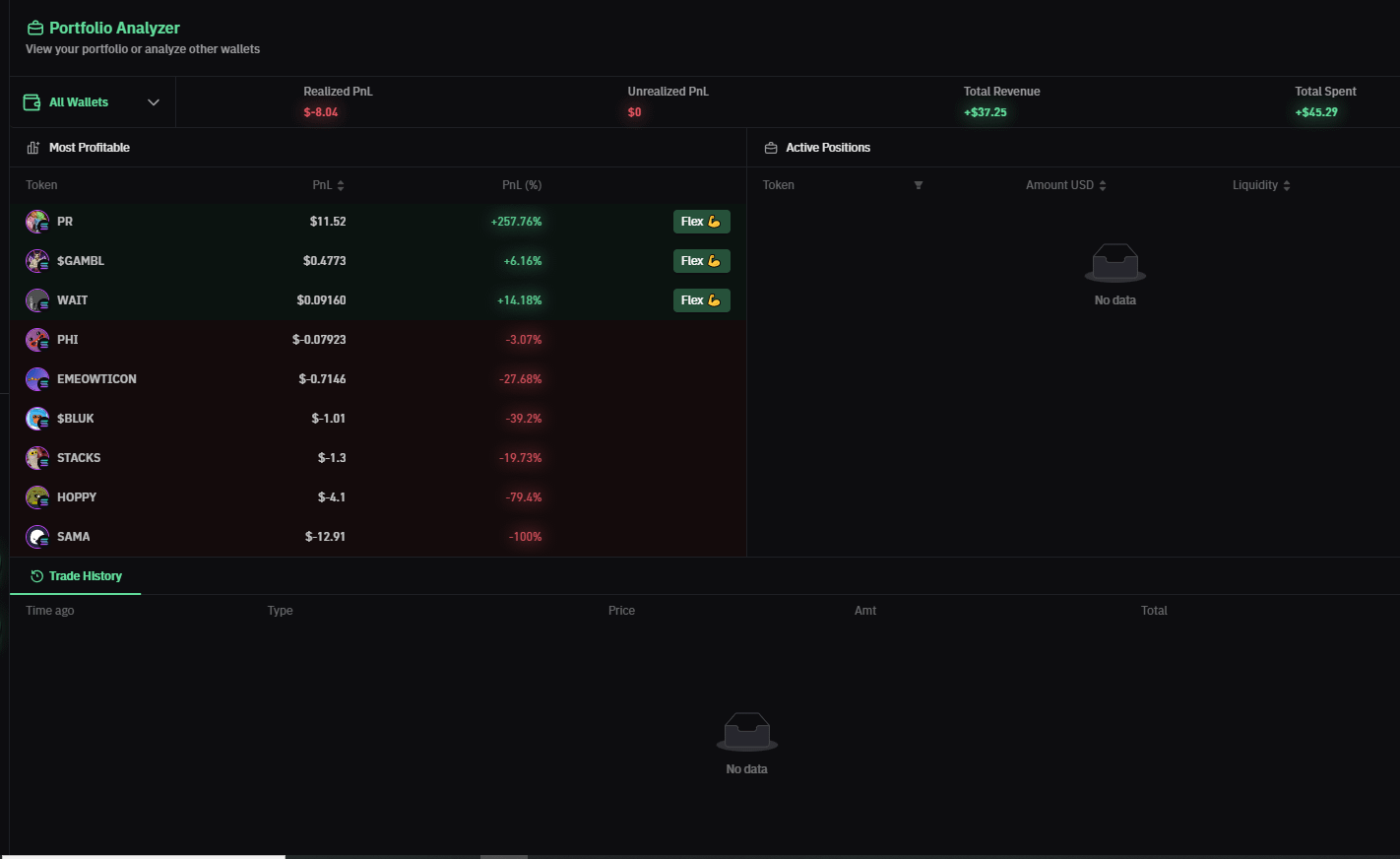
Ultra-Low Transaction Fees with Solana: Solana’s blockchain is optimized for high throughput and minimal fees, allowing merchants to accept payments with costs far lower than traditional credit card or legacy crypto networks.
-
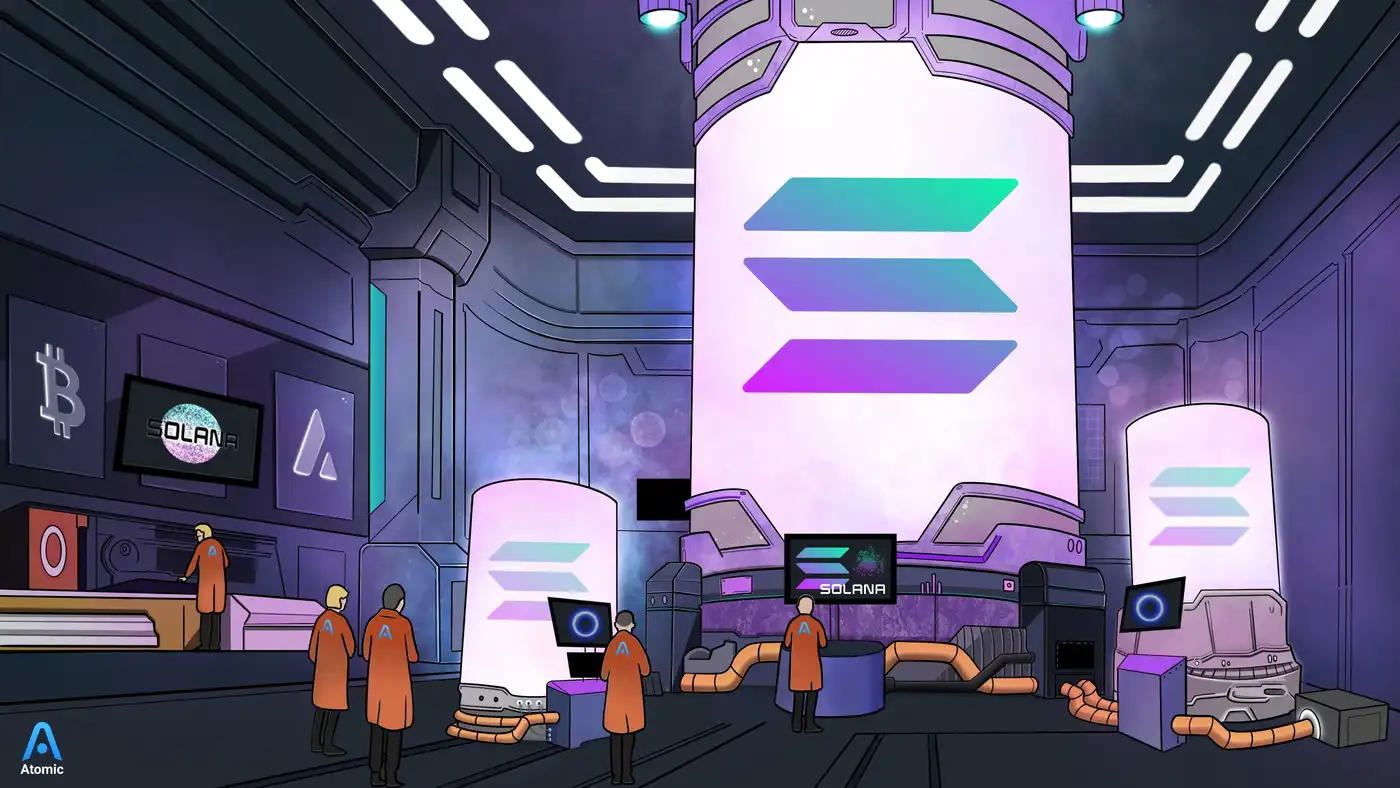
Instant Settlement and Fast Transactions: Solana processes up to 65,000 transactions per second, ensuring near-instant payment confirmations and settlements for merchants, reducing wait times and chargeback risks.
-
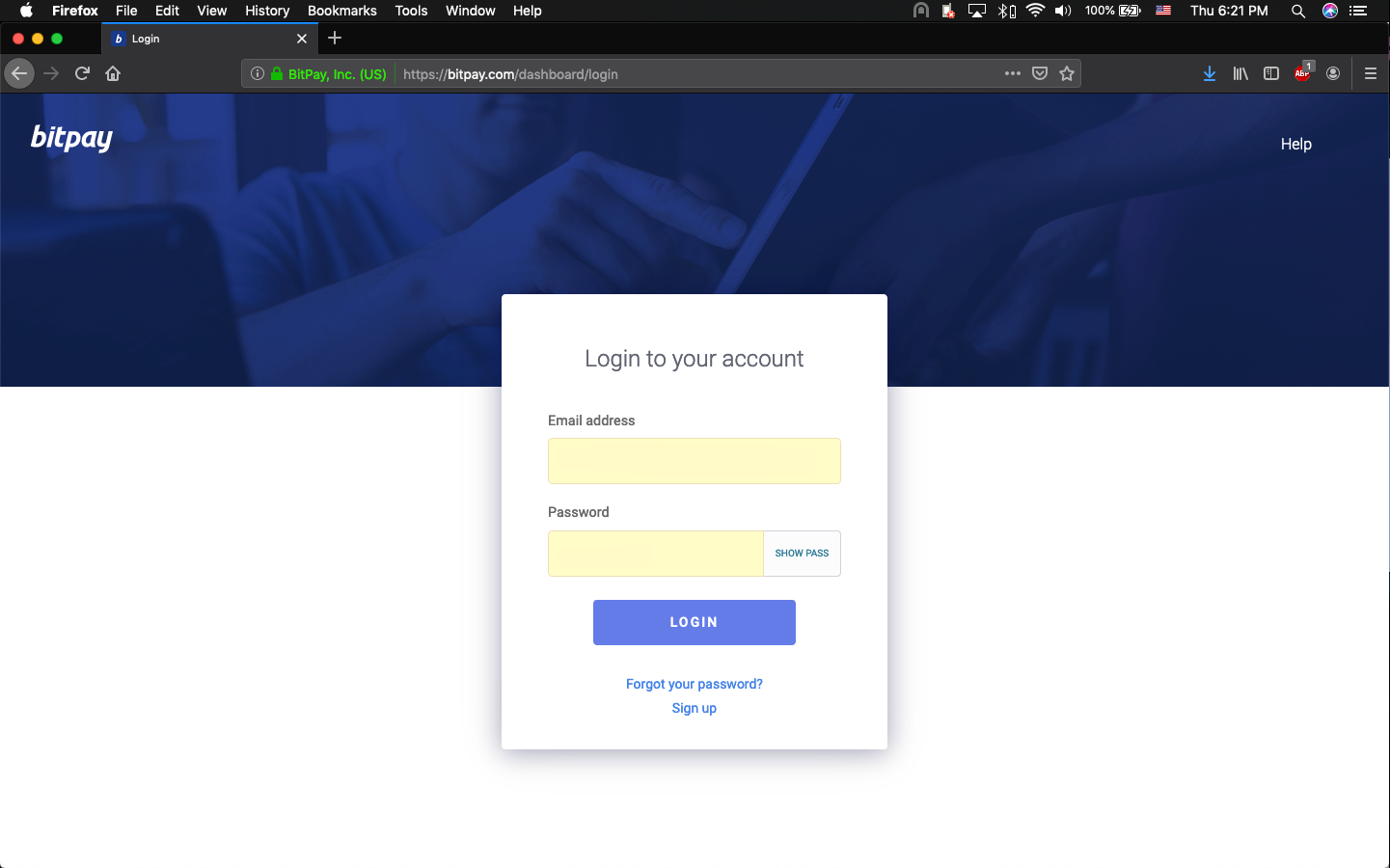
Seamless Integration and User-Friendly Setup: Merchants can accept SOL, USDC, and USDT online, via email invoices, or in person with BitPay’s simple checkout tools—no technical expertise or complex setup required.
-
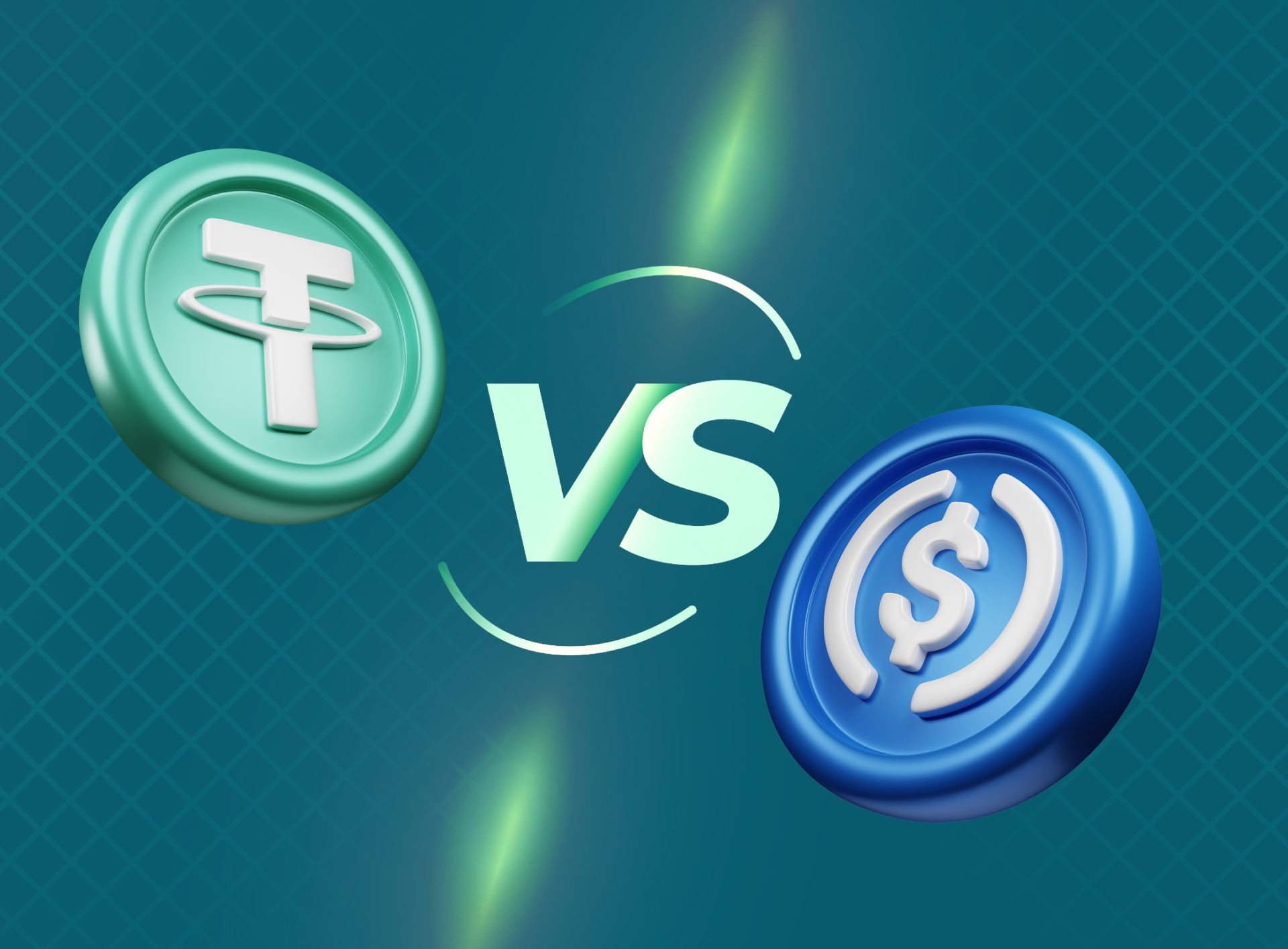
Stablecoin Support Reduces Volatility Risk: With stablecoins like USDC and USDT accounting for nearly 40% of BitPay’s payment volume in 2025, merchants can offer customers the option to pay with assets pegged to the US dollar, minimizing exposure to crypto price swings.
Meanwhile, the broader Solana ecosystem continues to mature. Visa’s integration of Solana into its stablecoin settlement rails and Fiserv’s upcoming bank-friendly stablecoin launch are both proof points that institutional players see long-term value here. These moves reinforce merchant confidence, if global payment giants are building on Solana, local retailers and e-commerce shops can feel secure doing the same.
What This Means for the Solana Ecosystem
This mainstreaming of SOL payments isn’t happening in isolation. DeFi protocols on Solana are experiencing renewed growth, NFT marketplaces are seeing higher throughput, and memecoins built on SPL standards are finding real-world utility as spendable assets. For users, the ability to swap between SOL, USDC, USDT, and even trending SPL tokens within the BitPay Wallet means greater flexibility without leaving the ecosystem.

The current price of Binance-Peg SOL sits at $195.22, with a 24-hour range between $190.02 and $209.94 (source). While price action always commands headlines, the real story is about utility: as more people buy coffee or pay bills with SOL or SPL stablecoins, volatility becomes opportunity, not risk, for forward-thinking merchants and investors.
The Road Ahead: Crypto Payments in 2025-2026
Looking ahead to 2026, expect continued acceleration in crypto payments across retail verticals as user education improves and integrations deepen. The barrier to entry has never been lower; with BitPay handling compliance and security under the hood (including instant verification protocols), even non-technical businesses can confidently accept digital assets.
The next phase will likely see more advanced loyalty programs tied to on-chain activity, think discounts for paying in SOL or cashback incentives denominated in USDC or USDT, further driving adoption on both sides of the transaction.
Solana’s real competitive edge is not just speed, it’s composability across use cases from DeFi to gaming to everyday payments. As crypto becomes less speculative and more transactional, networks like Solana with robust merchant support will define what mainstream adoption actually looks like.
